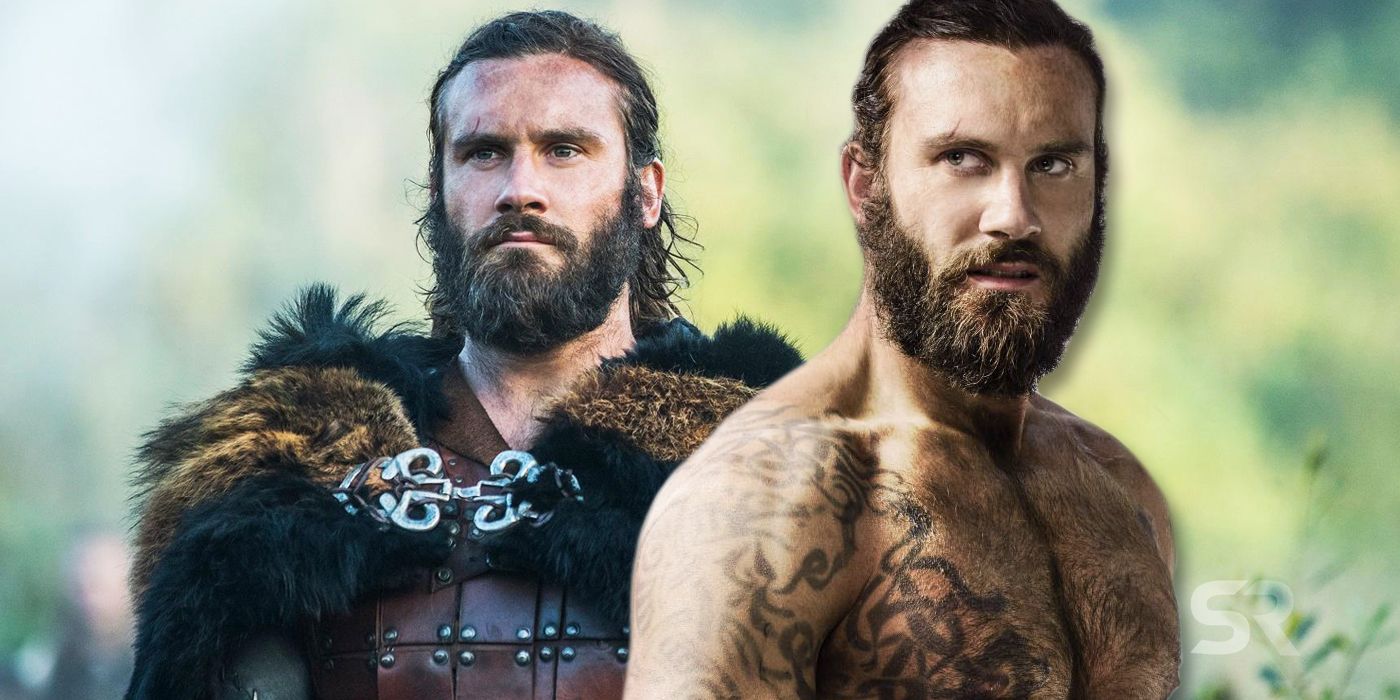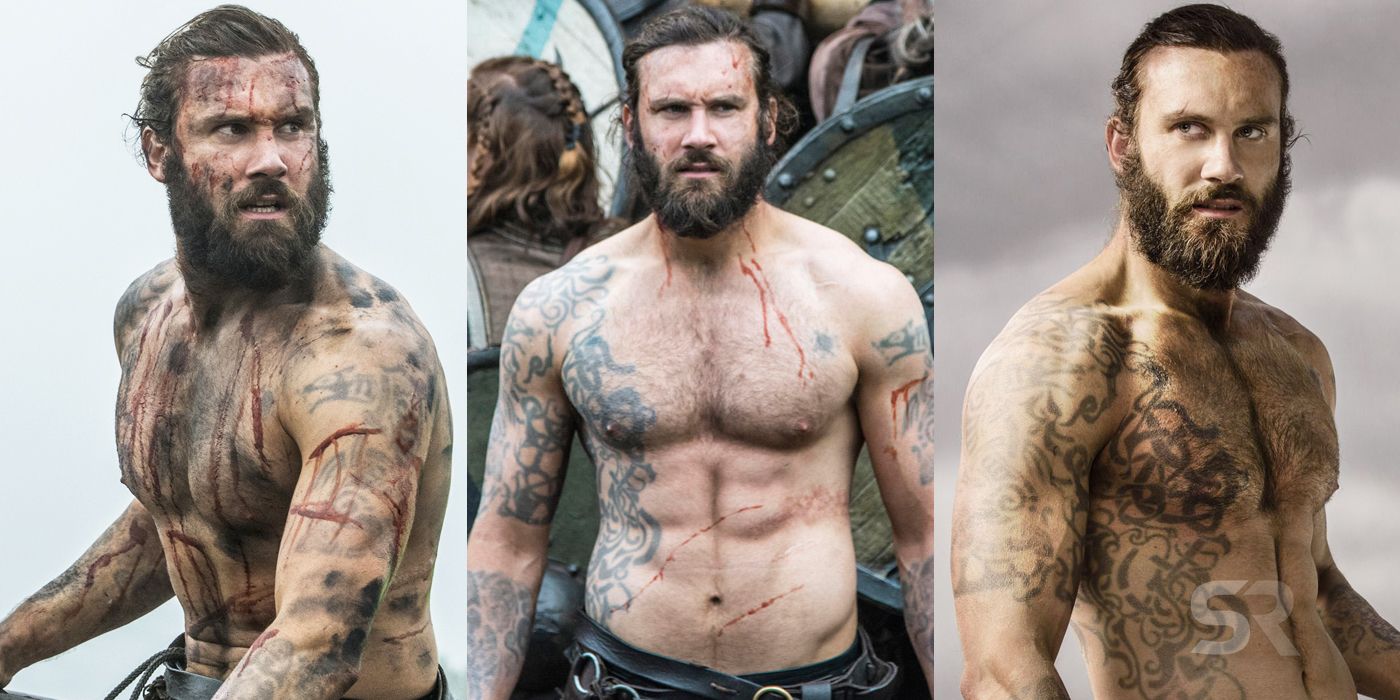Most characters in Vikings are covered with tattoos, but they are not random designs – they all have a meaning that fits with Viking culture and their beliefs, and here’s what Rollo’s tattoos mean. Created by Michael Hirst, the historical drama Vikings debuted on History Channel in 2013, and though it was originally planned to be a miniseries, the audience was hooked and the series was quickly renewed for a second season, allowing it to keep exploring the stories of legendary figures like Ragnar Lothbrok, Lagertha, Rollo of Normandy, Ivar the Boneless, and more.
Vikings initially followed the travels of Ragnar Lothbrok (Travis Fimmel) and his Viking brothers, among those his real brother, Rollo (Clive Standen). As the series progressed, it shifted its focus to Ragnar’s sons – Bjorn Ironside, Ivar, Ubbe, Hvitserk, and Sigurd – and their own journeys, making them the protagonists. Vikings is now on its sixth and final season, and many characters from season 1 haven’t made it to this point, while the fate of others remains unknown, as is the case of Rollo.
Though he’s still alive, his appearances in the series have decreased dramatically, and he hasn’t appeared in season 6 just yet. While fans wait for part 2 of Vikings season 6, it’s a good moment to take a look back at those characters that helped shape the series and their evolution. Rollo is definitely not the same he was in the first seasons, and he has also gone through physical changes, including his tattoos, which is something the creative team behind Vikings has paid special attention to.
Vikings: The Real Meaning Behind Rollo’s Tattoos
Rollo has a couple of tattoos that cover his chest and both arms, and they all have a special meaning. On his right side, he has a knotted design covering the top of his arm and the side of his body (chest and ribs). This relatively simple design represents the armor and shields worn by Viking warriors. On that same side (among all the armor design) and on his left arm there’s a different design with a deeper meaning related to Norse mythology: two wolves, representing Sköll and Hati, sons of Fenrir, a monstrous wolf and son of Loki.
Father and sons are important figures in Norse mythology. Sköll chases the Sun (personified as a goddess named Sól), and Hati goes after the moon (the god Máni) until the Ragnarök comes, which is the Norse interpretation of the apocalypse. Fenrir was imprisoned by Odin, but was foretold to be freed when Ragnarök finally happened and to kill Odin. According to the legend, once Sköll swallowed the sun and Hati the moon, the stars would disappear from the sky, the earth would shake, mountains would fall, and all binds would snap, thus freeing Fenrir. He would then kill Odin, and then he would be killed by Odin’s son, Víðarr. To complete Rollo’s Sköll and Hati tattoos, he has a simple sun on the left side of his chest, and a moon on the other side, giving the appearance that each wolf is chasing its element.
Rollo’s tattoos are quite fitting with his fearsome and impulsive personality, and are also a representation of his relationship with his brother, which was always problematic, with Rollo betraying him multiple times. It's the little details in Vikings which sometimes end up telling more about Viking culture than the arcs of the characters, and Rollo’s tattoos are a good example of that.


